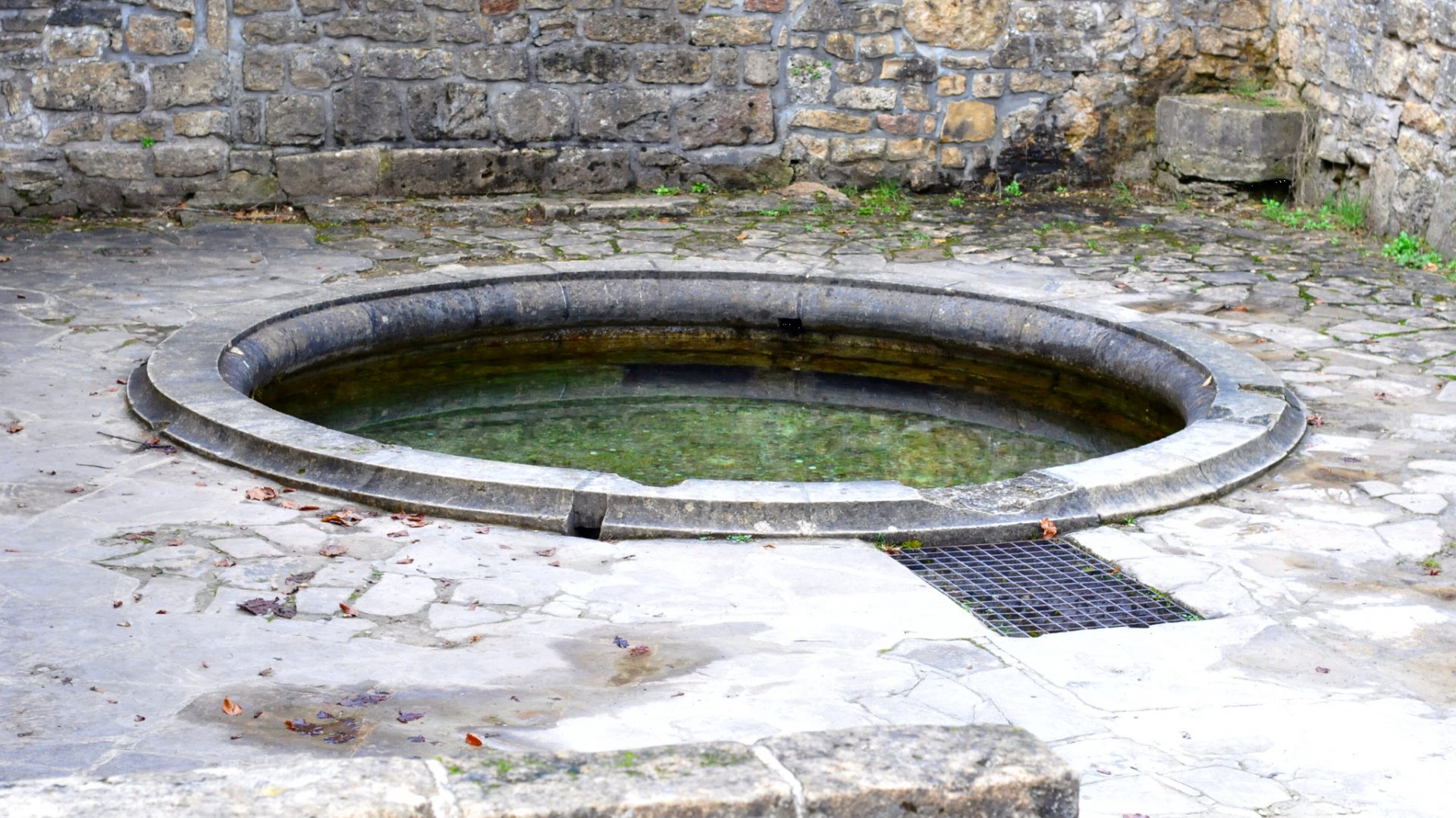 One of the more common searches that leads to my page involves the label of Blanche de Bruxelles. Blanche de Bruxelles (my review) is a Belgian Wit/Blanche beer brewed by Brasserie Lefebvre. The question to be answered in today’s Q & Ale is: “What is the peeing (or some other derivation) boy on the Blanche de Bruxelles label?”
One of the more common searches that leads to my page involves the label of Blanche de Bruxelles. Blanche de Bruxelles (my review) is a Belgian Wit/Blanche beer brewed by Brasserie Lefebvre. The question to be answered in today’s Q & Ale is: “What is the peeing (or some other derivation) boy on the Blanche de Bruxelles label?”
 The label features a famous Bruxelles statue called the “Manneken Pis.” The bronze statuette was created in the early 17th century by Jerome Duquesnoy. It stands in an alcove and is 61 cm (24 inches) tall. Most people seem very disappointed assuming it is a full sized, massive statue. It has been stolen several times over its history. The last time, it was broken into pieces which were used to recast the statue.
The label features a famous Bruxelles statue called the “Manneken Pis.” The bronze statuette was created in the early 17th century by Jerome Duquesnoy. It stands in an alcove and is 61 cm (24 inches) tall. Most people seem very disappointed assuming it is a full sized, massive statue. It has been stolen several times over its history. The last time, it was broken into pieces which were used to recast the statue.
The statue is one of the more famous tourist attraction in Bruxelles and even gets international recognition. It’s fairly common for dignitaries to bring costumes designed for the the little statue. He currently has over 800 outfits! One of the earlier outfits was given by King Louis XV of France to repay a French theft of the statue. It was made with gold brocade.

Wikipedia lists several of the legends surrounding the potential origin of this statue:
“There are several legends behind this statue, but the most famous is the one about Duke Godfrey III of Leuven. In 1142, the troops of this two-year-old lord were battling against the troops of the Berthouts, the lords of Grimbergen, in Ransbeke (now Neder-Over-Heembeek). The troops put the infant lord in a basket and hung the basket in a tree to encourage them. From there, the boy urinated on the troops of the Berthouts, who eventually lost the battle.
Another legend states that in the 14th century, Brussels was under siege by a foreign power. The city had held its ground for some time, so the attackers conceived of a plan to place explosive charges at the city walls. A little boy named Julianske happened to be spying on them as they were preparing. He urinated on the burning fuse and thus saved the city. There was at the time (middle of the 15th century, perhaps as early as 1388) a similar statue made of stone. The statue was stolen several times. In 1619, it was replaced by the current bronze statue, created by Franco-Flemish Baroque sculptor Jerome Duquesnoy, father of the more famous François Duquesnoy.
Another story (told often to tourists) tells of a wealthy merchant who, during a visit to the city with his family, had his beloved young son go missing. The merchant hastily formed a search party that scoured all corners of the city until the boy was found happily urinating in a small garden. The merchant, as a gift of gratitude to the locals who helped out during the search, had the fountain built.
Another legend was that a small boy went missing from his mother when shopping in the centre of the city. The woman, panic-stricken by the loss of her child, called upon everyone she came across, including the mayor of the city. A city-wide search began and when at last the child was found, he was urinating on the corner of a small street. The story was passed down over time and the statue erected as a tribute to the well-known fable.

Another legend tells of the young boy who was awoken by a fire and was able to put out the fire with his urine, in the end this helped stop the king’s castle from burning down.” – http://en.wikipedia.org/wiki/Manneken_Pis
I didn’t actually have time to visit this landmark while I was briefly in Bruxelles. From what I hear, he has a fence surrounding him to keep people back and is usually surrounded by tourists. Maybe the next time I’m there, I’ll be able to visit this dapper little fellow.
And that is the story of the “Peeing boy on the Blanche de Bruxelles” bottle.


4 thoughts on “Q & Ale – What is the “pissing boy” on the bottle of Blanche de Bruxelles?”
Good thing it was a boy and not a little girl. Wouldn’t be right.
I have heard tale of a peeing girl statue elsewhere in Bruxelles! She’s less famous than her cheeky brother.
Just not right
Here is a link. Looks like it was installed in the mid 1980’s.
http://www.virtualtourist.com/travel/Europe/Belgium/Region_de_Bruxelles_Capitale/Brussels-357567/Off_the_Beaten_Path-Brussels-Jeanneken_Pis-BR-1.html